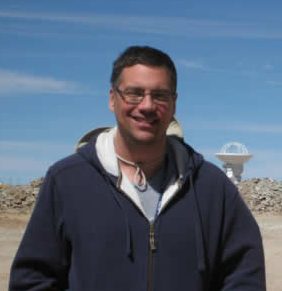 [/ezcol_1third][ezcol_2third_end]
Astronomer
[/ezcol_1third][ezcol_2third_end]
AstronomerPh.D., 1997, University of Texas at Austin
Phone: +1 250-363-6925
E-mail: James.DiFrancesco@nrc.ca
Personal Website:[/ezcol_2third_end][ezcol_end_left]
James. Di Francesco studies the earliest stages of the star formation process. Stars originate deep within molecular gas clouds as certain regions of these clouds become too heavy to resist the ever-present pull of gravity. Exactly how a star results from the collapse of these cloud regions, however, is not fully understood. For example, why do stars have different masses? Why do these masses vary in a seemingly similar manner from cloud to cloud? Why do many stars form in relatively small parts of the larger clouds? Why do stars form commonly as multiple stars and yet many do not? These questions are among the many that I am exploring in my research when I directly observe the process of star formation and then compare these data to predictions from theory.
High-frequency radio emission from dust and molecular gas near the sites of the youngest protostars provide the means to observe star formation, and I use telescopes like the JCMT, GBT, VLA, and the Herschel Space Observatory to gather data. The youngest protostars, however, are the most difficult to observe but it is vital to do so since they hold the most promise for understanding how gas clouds become stars.